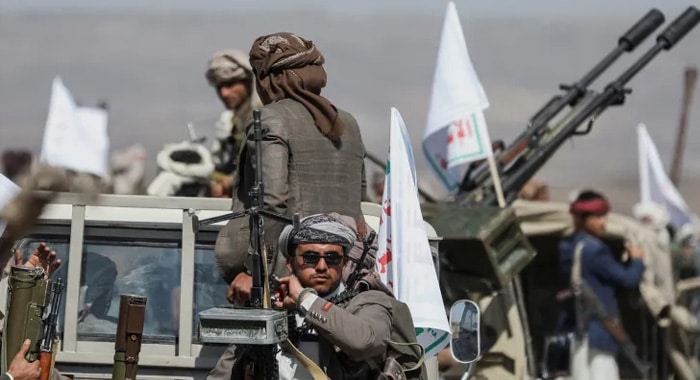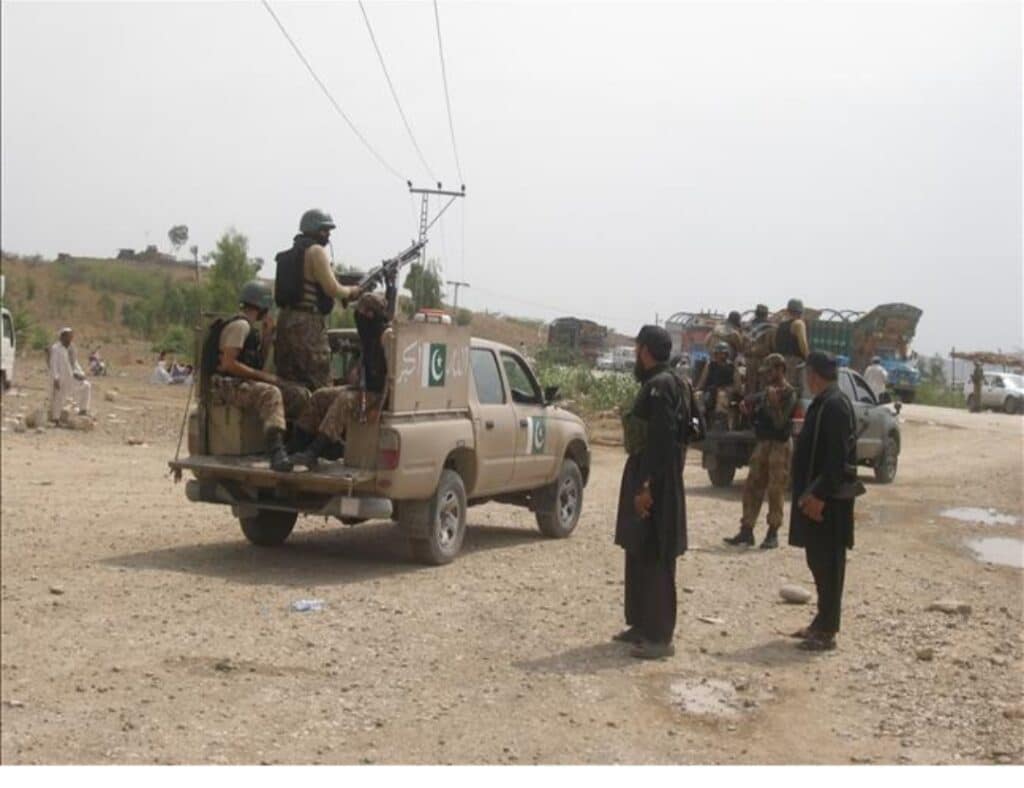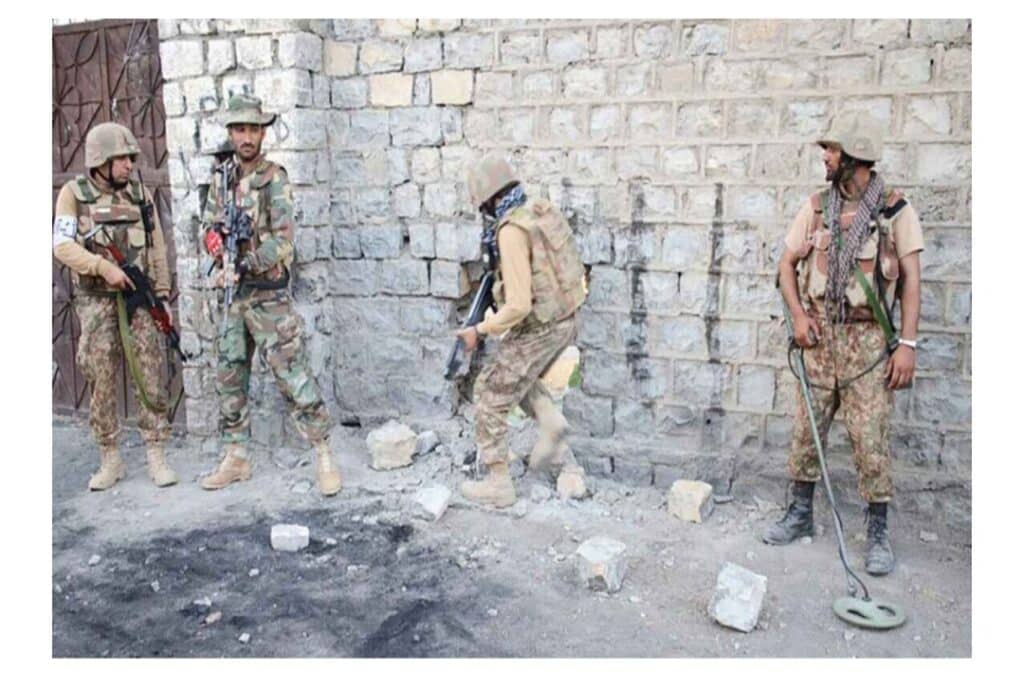Yemen has been officially ranked the most dangerous country in the world in 2025, as intensifying armed conflict, expanding terrorist operations, and a near-total collapse of state security push the country into unprecedented levels of global risk, according to the latest World Population Review. More than a decade after the Iran-backed Houthi insurgents seized the capital Sana’a and toppled the internationally recognized government, Yemen has transformed into a hub of regional instability and asymmetric warfare. The Houthis, also known as Ansarullah, have tightened their control over northern Yemen and emerged as a central actor in Iran’s Axis of Resistance, drawing heightened concern from Western intelligence agencies.
Since the October 7, 2023 outbreak of war in Gaza, Houthi forces have escalated their campaign far beyond Yemen’s borders. A barrage of missile and drone attacks targeting international commercial vessels in the Red Sea has turned one of the world’s busiest maritime corridors into a conflict zone. In response, a U.S.-led coalition has carried out a series of airstrikes—including a highly controversial strike in May 2025 that hit a migrant detention center—further deepening the humanitarian and political crisis.
Although a ceasefire was later declared between the United States and the Houthis, Israeli air raids on Houthi positions have continued, underlining Yemen’s growing exposure to regional military entanglements.
“Yemen is no longer just a failed state—it’s a forward operating base for transnational threats,” said Owen Williams, senior analyst at the Sibylline Strategic Risk Institute. “The security vacuum, coupled with the Houthis’ alignment with Iran, has elevated the country to a central threat node in the Middle East.”
In a stark advisory, the UK Foreign Office has suspended all consular services in Yemen and confirmed the closure of the British Embassy in Sana’a. The government has issued its highest-level warning to British nationals, stressing that there are no plans for emergency evacuations and that it cannot assist with departures.
On the ground, conditions have deteriorated beyond repair. State institutions have collapsed, rival armed groups control territory with impunity, and terrorist organizations are reported to be operating freely. Civilians face extreme risks of violence, abduction, and starvation, while humanitarian access remains severely restricted.
The security implications stretch far beyond Yemen’s borders. Global shipping firms have begun rerouting vessels to avoid the Red Sea, disrupting international trade and heightening fears of broader geopolitical fallout. Maritime insurers have now categorized the region as a conflict zone, comparable in risk to active war theaters.
According to the 2025 Global Security Risk Index, Yemen now surpasses Afghanistan, Iraq, Syria, Libya, and Ukraine in terms of danger and instability. The country’s ranking reflects the confluence of insurgency, terrorism, foreign military operations, and humanitarian disaster.
“There are no functioning authorities, no rule of law, and no safe havens,” Williams warned. “Yemen has become the clearest example of what happens when conflict, ideology, and neglect converge into a total security collapse.”
With no diplomatic breakthrough in sight, international actors are facing growing calls to respond swiftly—not only to prevent further regional destabilization, but to address what experts are calling one of the most complex and severe security emergencies of the modern era.





